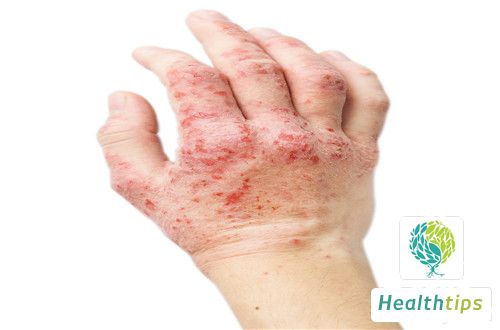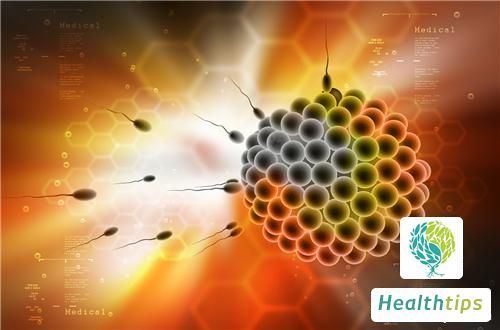What Should I Do If Massage Causes Swelling?
Massage is a commonly used method for health preservation and wellness. It can promote blood circulation, dissipate blood stasis, and alleviate fatigue. Regular massage is beneficial to the overall health of the body. However, it is crucial to pay attention to the techniques and the degree of pressure applied during the massage to avoid causing any damage. If swelling occurs after a massage, it is recommended to apply ice packs during the acute phase and switch to heat packs after 72 hours. In case of significant hematoma, the blood should be squeezed out and pressure dressing should be applied to prevent infection and facilitate healing.

If swelling occurs during a massage and a lump appears under the skin, it is likely due to blood stasis or hematoma formation. In the acute phase, applying ice packs can help reduce swelling and relieve pain. After 72 hours, heat packs can be used to improve local blood circulation. If there is a significant hematoma with a fluctuating sensation, the blood can be squeezed out, and pressure dressing can be applied to prevent infection and facilitate further treatment. Regular dressing changes are also recommended.
1. Dialectical Application of Massage: There are numerous methods of massage for tonification, and their purpose is primarily to adjust yin and yang, harmonize qi and blood, and regulate the functions of the internal organs. When using massage for tonification, it is essential to apply it based on the specific condition of the individual, distinguishing between yin and yang deficiency, qi and blood deficiency, and identifying the affected organ. For instance, methods that tonify the kidneys and strengthen their foundation are suitable for kidney deficiency, while techniques that strengthen the spleen and harmonize the stomach are appropriate for spleen and stomach weakness.
2. Seasonal Considerations: The application of massage also needs to take into account seasonal variations. In spring, methods that soothe the liver, promote bile flow, nourish the blood, and soften the liver are recommended. While in autumn, techniques that tonify the lung qi and moisturize the yin are more suitable.
3. Concentration and Breathing: Concentration and even breathing are crucial for both the practitioner administering the massage and the individual performing self-massage for tonification. During self-massage, only when one's attention is focused and breathing is uniform can one carefully observe the reactions and changes in the body after the massage, thereby adjusting the techniques, pressure, and frequency accordingly to achieve the desired effects.



















